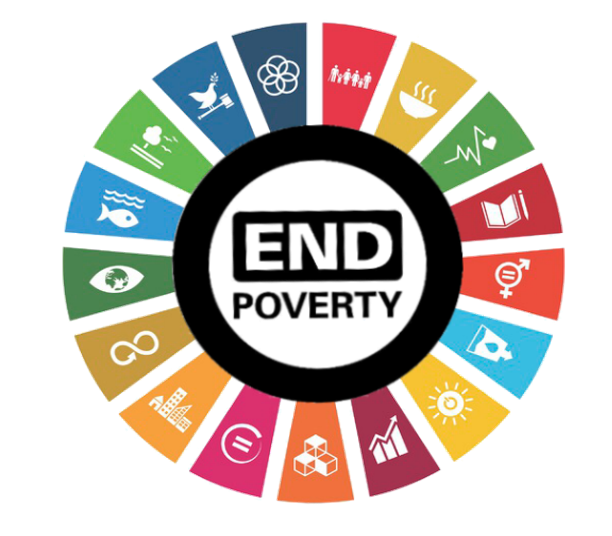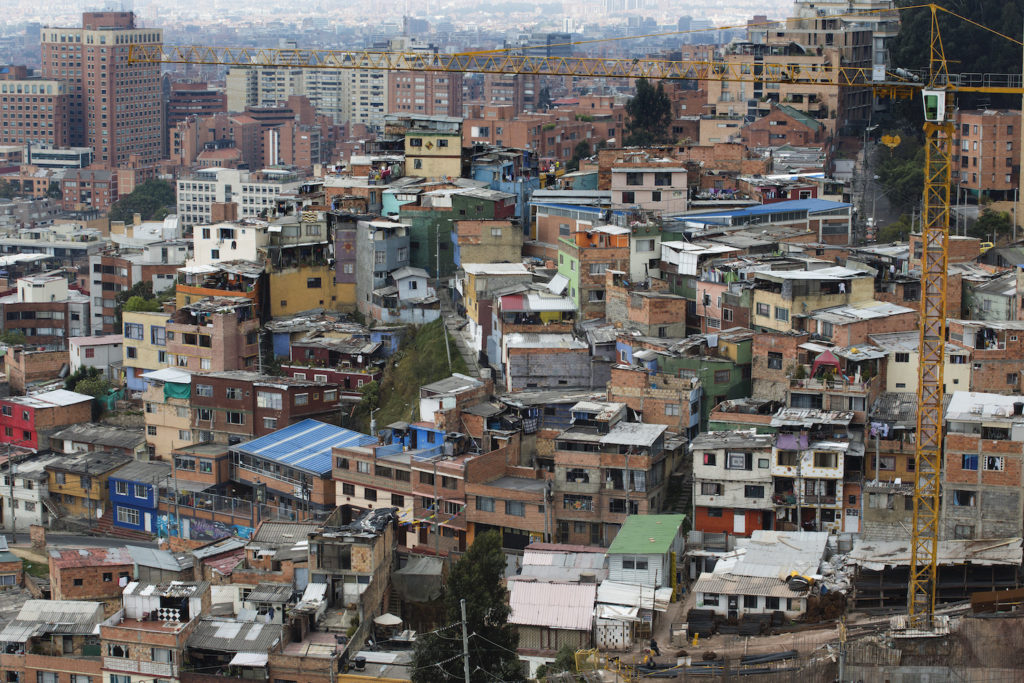In 2008, the World Bank Treasury pioneered green bonds to support the financing of projects addressing climate change. The World Bank issues sustainable development bonds. To learn about them here is Heike Reichelt, head of investor relations and sustainable finance for the World Bank Treasury of the International Bank for Reconstruction and Development (IBRD) and the International Development Association (IDA).
What are sustainable development bonds and how are they different from our green bonds?
They are similar: all World Bank bonds raise funds from investors in the bond markets to support the financing of projects in developing countries. With green bonds, we communicate to investors the positive impact that our loans make in climate mitigation and adaption projects. With sustainable development bonds, we are able to communicate the positive impact of the World Bank’s full range of sector and project lending—all of which, by the way, also incorporate climate considerations. IBRD, referred to as “World Bank” in the capital markets, began issuing green bonds almost 15 years ago. IDA began issuing bonds in 2018 – more information is available on the IDA website, but my answers will be focused on IBRD due to its longer track record.
We launched green bonds to engage investors around the positive contribution the World Bank was making in the area of climate change. We responded to the market’s growing interest in climate change risk by providing a bond product that was simple and fit their portfolios. Our first green bond in 2008 became the standard for a market focused on increasing transparency and investing for purpose. We communicate the connection between the funds raised from investors to an amount equal in the Bank’s lending for various types of mitigation projects – such as solar power – as well as adaptation projects – such as reforestation. We report to investors regularly the achievements made by this World Bank lending for climate mitigation and adaption. Examples for reporting include how many tons of carbon the projects are expected to reduce or how many trees are being planted as part of a project. Our reporting on sustainable development bonds is similar, but we highlight all World Bank activities instead of carving out a portion. We show how funds raised in the capital markets support the financing of projects with green and social goals and show how they relate to the Sustainable Development Goals (SDGs), since that’s what investors ask to see.
What motivated the World Bank to issue sustainable development bonds?
When we first started engaging with investors around climate change, the focus was very much on what we are doing on renewable energy and energy efficiency projects. We also included data and examples in adaptation and resilience. Since then, we have continued to broaden our narrative to incorporate the full benefit of the World Bank’s work with clients. In 2015, the world came together to agree on 17 Sustainable Development Goals for poverty, hunger, health, education, affordable clean energy and more. That same year, countries adopted the Paris Agreement on climate change and, in 2016, the World Bank Group launched a Climate Change Action Plan.
The World Bank Group’s Climate Change Action Plan screens all projects for climate change risk and focuses equally on mitigation and climate change adaptation to build resilience in people and communities. About 95% of all IBRD projects had climate financing in our 2021 fiscal year. Building resilience means improving people’s lives: better and more consistent access to education, health, jobs, water, sanitation, food, energy and other targets of the SDGs, while also restoring or protecting the natural environment. While green bonds are a great starting point for investors just beginning in sustainable investing, most of the big institutional investors that buy our bonds are interested in supporting the financing of sustainable activities overall. Investing in sustainability is not just about solar panels and wind farms. It’s much more than that. And all projects funded by the World Bank are focused on sustainability.
“With sustainable development bonds, we are able to communicate the positive impact of the World Bank’s full range of sector and project lending—all of which, by the way, also incorporate climate considerations.”
Heike Reichelt Head of investor relations and sustainable finance for the World Bank Treasury of the IBRD and IDA

How does it work? Can anyone buy sustainable development bonds?
Let me explain and use IBRD bonds as an example. IBRD is commonly referred to as “World Bank” in the capital markets since it is the oldest organization in the World Bank Group and started issuing bonds in 1947. The World Bank Treasury works with banks and investors to raise about US$50-$60 billion per year through issuing hundreds of bonds. Our bonds have the highest rating, triple A, giving investors safety and a financial return while their investments support development in emerging countries. Most of our bonds are issued in the wholesale markets, and the buyers are mostly big institutional investors such as central banks, pension funds, asset managers and bank treasuries from developed countries. At times, we may issue bonds aimed at individual investors via dedicated networks. Who can buy them depends on the regulations and practices of each market, and whether an individual is a client of one of these brokers through whom we are issuing bonds. Some people might already have invested in our bonds and not know it, because they may own a mutual fund that holds our bonds.

How is the money raised from the bonds used?
The money from sustainable development bonds is the money that the World Bank uses to support the financing of projects through loans to clients. In our impact reporting, we show investors how the money supports the financing of education, health, sustainable transportation projects, and so on throughout our entire portfolio. Our reporting connects our lending activities to the Sustainable Development Goals, which is very important for investors who use the SDGs as a framework when they report to their stakeholders. Also, the process for issuance is described in Sustainable Development Bond and Green Bond frameworks that are aligned with the Sustainability Bond Guidelines and Green Bond Principles published by the International Capital Market Association. With some bonds we have launched we have communicated with investors about specific SDGs (e.g., gender equality) in order to raise awareness about development issues, such as the fact that COVID-19 has disproportionately affected women, or the importance of protecting freshwater and saltwater resources. Overall, we’ve seen investors’ interest in our projects grow; they want information about the individual projects, they want to understand where they are and how they are designed to achieve their expected results.
When we engage with investors, we describe development challenges as well as how our projects specifically support the SDGs. We are happy to see investors interested and engaged. It’s good to share information about how their investments ultimately help to make a positive impact. Green bonds pioneered that concept in a narrow sense and helped set the blueprint for the market; sustainable development bonds are bringing that level of impact reporting and transparency to all projects while demonstrating to the financial market that achieving the SDGs cannot not be done by narrowly focusing on one or a few silos.
What’s next for sustainable development bonds?
The findings of the new report by the Intergovernmental Panel on Climate Change drive home the urgency to climate action. We have launched an initiative to raise awareness for the need to integrate climate change considerations in all activities and decisions. Tackling the climate challenge at scale will require going beyond thinking only about “green” projects to greening entire economies. We intend to highlight this message while raising US$10 billion as part of this campaign, and like all our bonds, support the funding of projects and programs in our client countries as they integrate climate considerations into their development to build greener, more sustainable economies.
More information visit www.worldbank.org or World Bank Climate Explainer Series
Interview first appeared as part of the World Bank’s Climate Explainer Series

